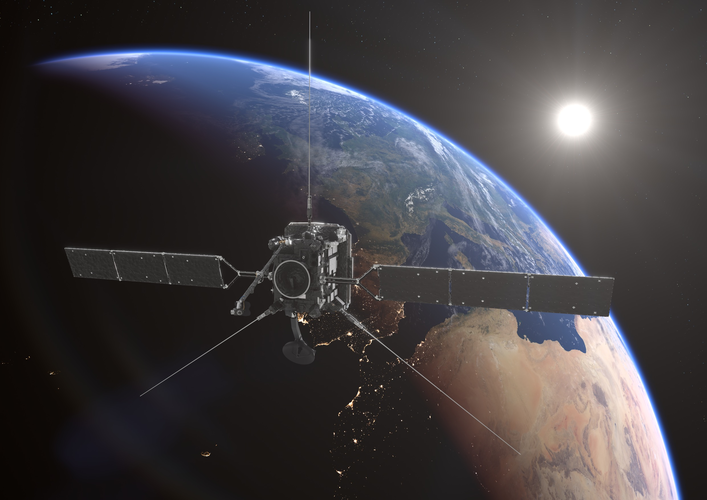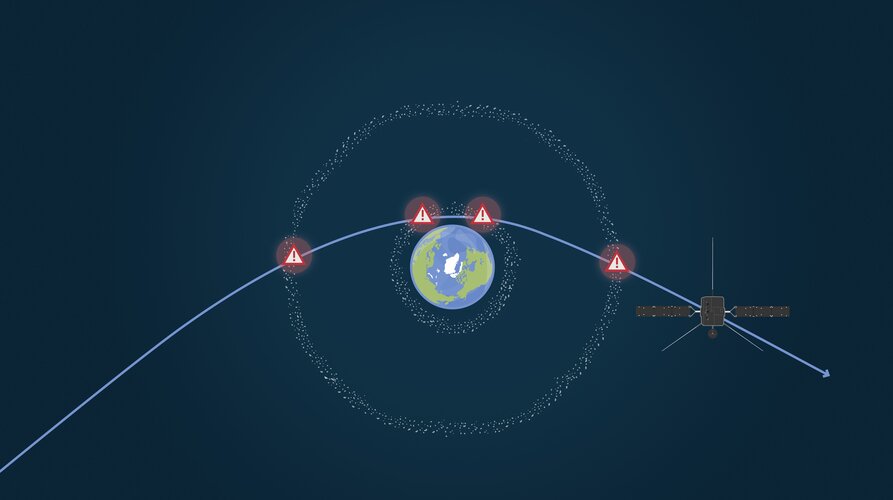Russia launches classified military satellite
Thursday, 25 November 2021 08:14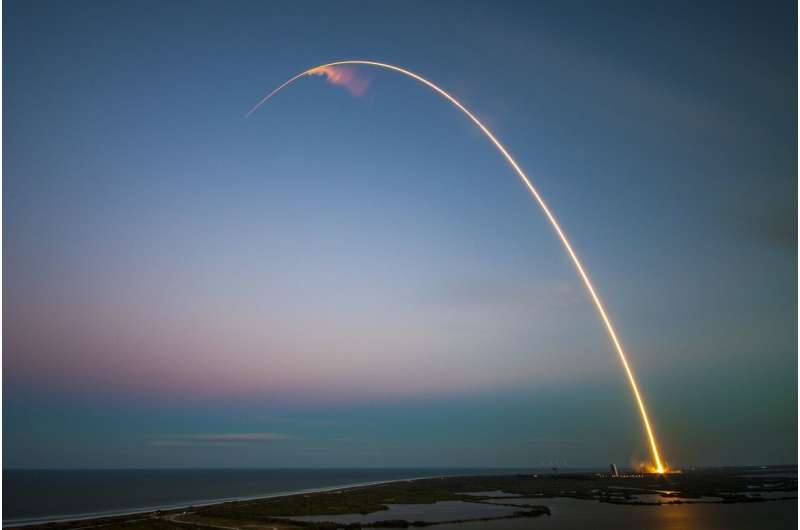
Russia on Thursday successfully placed into orbit a military satellite believed to be part of the Kremlin's early warning anti-missile system.
A Soyuz rocket carrying a classified payload blasted off from the Plesetsk cosmodrome in northern Russia in the early hours of Thursday morning, the defence ministry said.
At 0109 GMT a rocket was launched that put a "space apparatus into orbit in the interests of the defence ministry", the ministry said in a statement carried by the Interfax news agency.
It did not provide further details.
According to the Spaceflightnow website, which covers space launches, the launch could be delivering a Tundra satellite.
Russia has previously launched Tundra satellites in 2015, 2017 and 2019, according to Interfax.
Specialist website Russian Space Web said the ground track of Thursday's launch "matched previous missions" delivering satellites for Russia's missile warning system named Kupol or dome.
Unveiled in 2019, Kupol is designed to detect launches of ballistic missiles and track them to their landing site, though its exact configuration is unknown.
In 2018, the US, which suspects Russia of seeking to develop space weapons, said it was alarmed at the "very abnormal behaviour" of a Russian satellite.
Intelsat and SES meet C-band clearing deadline ahead of schedule
Wednesday, 24 November 2021 21:29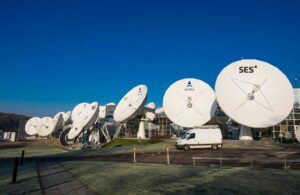
Intelsat and SES have beaten a key regulatory deadline for clearing C-band spectrum across the United States, unlocking more than $2 billion in combined proceeds from the Federal Communications Commission.
OneWeb mulls debris-removal service for failed satellite
Wednesday, 24 November 2021 19:59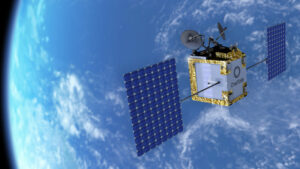
OneWeb is considering options to remove one of its broadband satellites from low Earth orbit after it failed following a software issue last year.
Caribbean mom wins two tickets to space in Virgin Galactic raffle
Wednesday, 24 November 2021 17:30
A health coach from the Caribbean nation of Antigua and Barbuda has won two tickets worth almost $1 million to be among Virgin Galactic's first space tourists, the company said Wednesday.
Keisha Schahaff, 44, said she wanted to take the flight into Earth's orbit with her 17-year-old daughter, a science student living in Britain who dreams of one day working for NASA.
Virgin Galactic founder Richard Branson surprised Schahaff with the news at her home in Antigua and Barbuda in early November.
"I just thought I was doing a zoom interview," she told AFP.
"When I saw Richard Branson walking in I just started screaming! I couldn't believe it.
Astronomers discover ancient brown dwarf with lithium deposits intact
Wednesday, 24 November 2021 17:03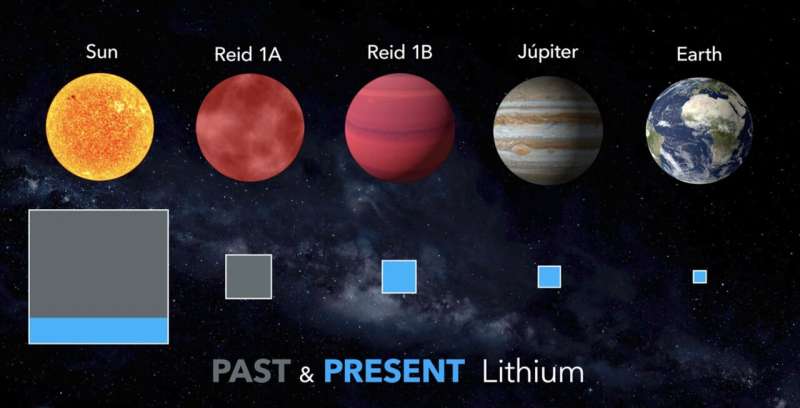
Extending cryptocurrency networks via satellite
Wednesday, 24 November 2021 14:50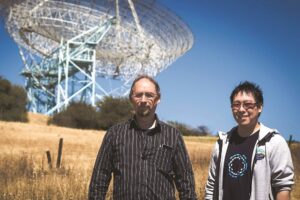
As cryptocurrencies gain adherents on Earth, companies and universities are conducting tests to figure out how to perform cryptocurrency transactions in space and share data via satellite.
Gaia reveals that most Milky Way companion galaxies are newcomers to our corner of space
Wednesday, 24 November 2021 13:00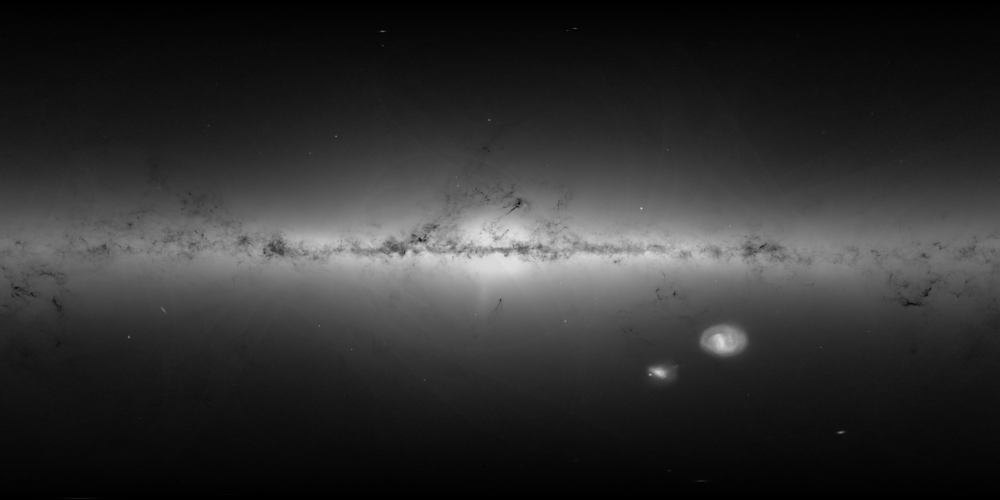
Data from ESA’s Gaia mission is re-writing the history of our galaxy, the Milky Way. What had traditionally been thought of as satellite galaxies to the Milky Way are now revealed to be mostly newcomers to our galactic environment.
Spanish startup PLD Space gears up for 2022 suborbital launch
Wednesday, 24 November 2021 12:53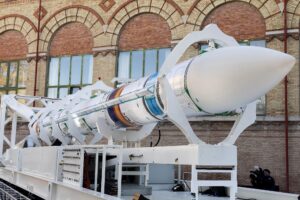
Spanish launch startup PLD Space has debuted a fully assembled Miura 1 reusable suborbital rocket as a step towards its inaugural flight in 2022.
Russia launches new docking module to ISS
Wednesday, 24 November 2021 12:45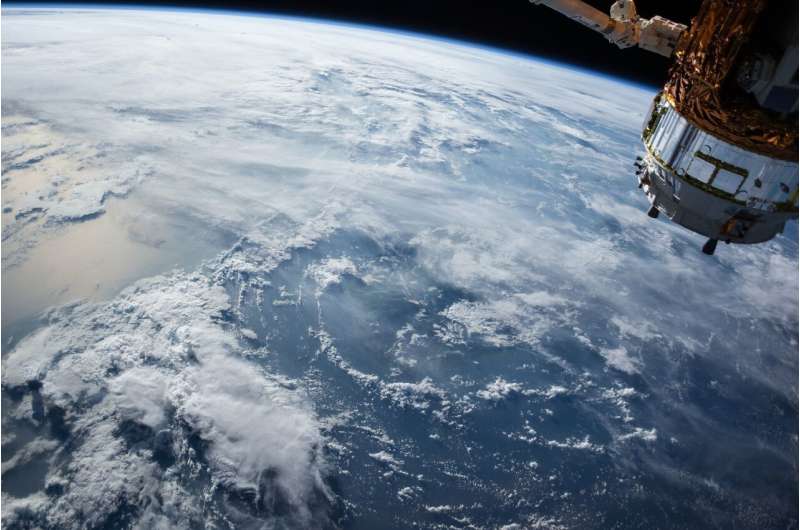
A Russian Soyuz rocket carrying the new Prichal docking module for the International Space Station blasted off from the Baikonur cosmodrome in Kazakhstan on Wednesday, the Roscosmos space agency said.
A live feed from Roscosmos showed the carrier rocket taking off against a dark evening sky from the Russia-leased spaceport at the scheduled time of 1306 GMT.
Prichal—which means "pier" in Russian—is the second permanent addition to the Russian segment of the ISS this year, after the lond-awaited arrival of the Nauka lab module.
The module's journey to the ISS will take two days and is scheduled for automated docking at the nadir (Earth-facing) port of the Nauka module on Friday November 26, Roscosmos said.
According to Roscosmos, the five-tonne docking module can accomodate up to five spacecraft and will also deliver various cargo to the ISS, including food rations, repair tool and hygiene supplies.
The docking of Nauka in July had complications after its thrusters unexpectedly fired, causing the stations to briefly tilt out of orbit.
Last week, Russia faced an international backlash after Moscow destroyed a satellite creating a cloud of space debris that forced the ISS crew to take shelter.
Galileo prototype GIOVE-A switched off after 16 years in orbit
Wednesday, 24 November 2021 11:00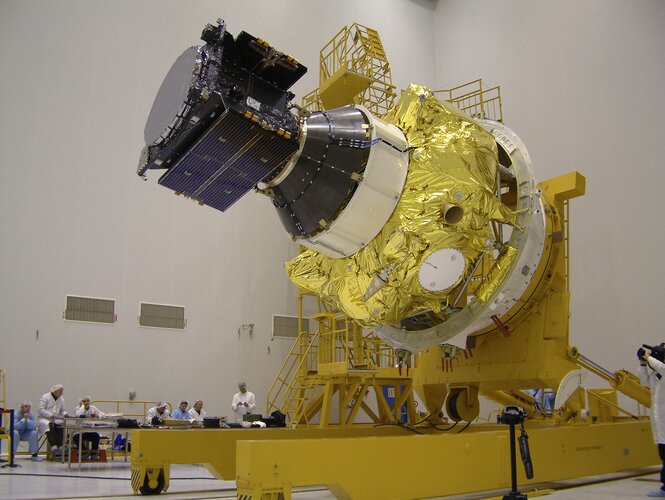
Europe’s first prototype satellite for Galileo, GIOVE-A, has today been formally decommissioned after 16 years of work in orbit. The 2005-launched mission secured Galileo’s radio frequencies for Europe, demonstrated key hardware and probed the then-unknown radiation environment of medium-Earth orbit.
Apply now to the brand new ESA Junior Professional Programme!
Wednesday, 24 November 2021 09:00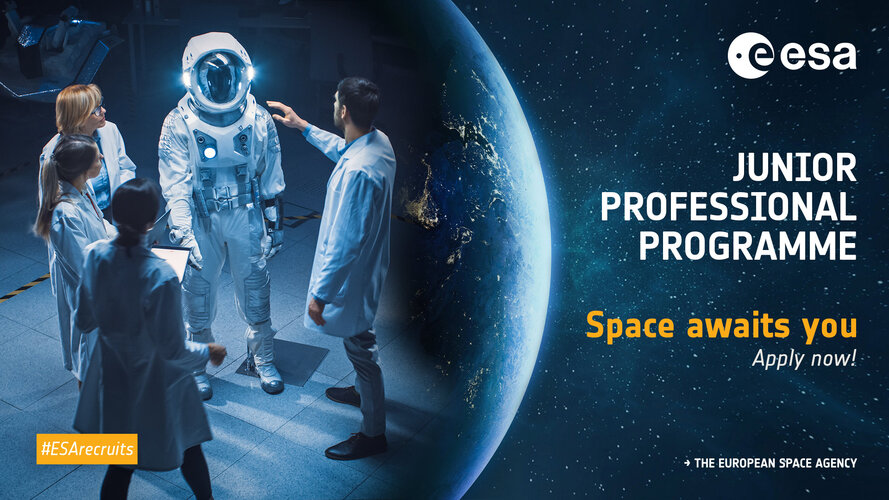
Positions are now open for Junior Professionals! Do you have a strong interest in space? Do you aspire to channel your knowledge, interest and experience into a career in the space sector? Open to Master’s degree graduates with two to three years of professional experience, this programme offers a three-year placement with the opportunity to join ESA’s permanent workforce upon completion of the assignment.
Artist wins residency at ESA’s technical heart
Wednesday, 24 November 2021 08:59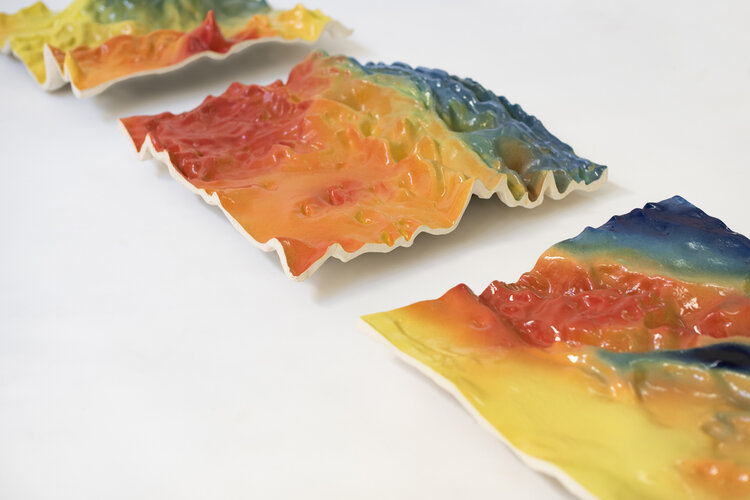
Dutch visual artist and filmmaker Anna Hoetjes is the winner of the Mission: Art-Space Exchange research residency at the European Space Agency. During her residency, Anna will spend two months with space science researchers at the European Space Research and Technology Centre, ESTEC, in Noordwijk, the Netherlands, the largest ESA establishment and hub of European space projects.
Space-enabled big data reveals the bigger picture
Wednesday, 24 November 2021 08:58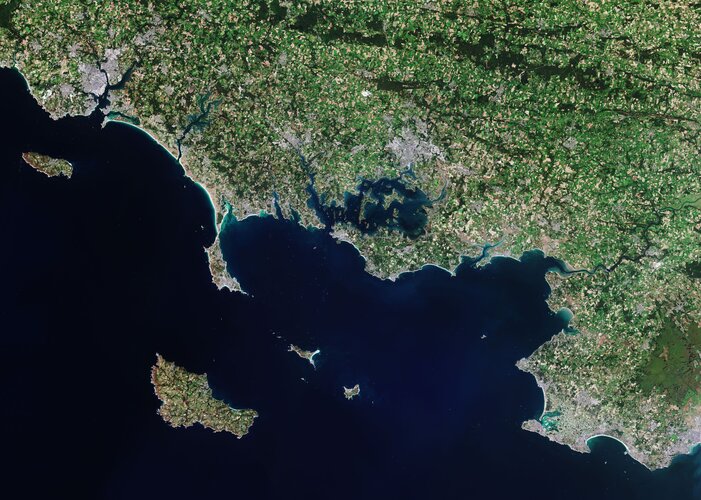
How the world is responding to life under the coronavirus pandemic is being illuminated by real-time economic indicators informed by data from space.


